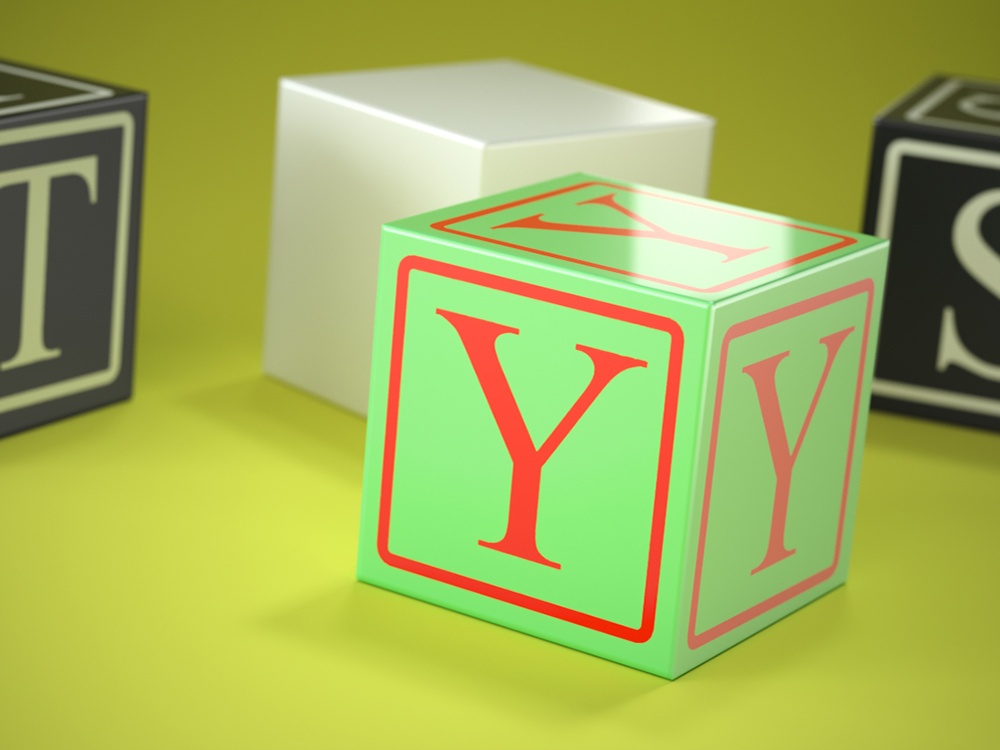This page provides information on the V-Ray Composite Map.
Overview
The VRayCompTex texture map allows users to compose two textures together using one of the provided blending modes. The example shown here includes a pale colored, cracked paint texture as Source A and a matte-surface metal texture as Source B composited together with the Operator set to Multiply (A *B).
Parameters
Source A – Specifies the first of the two textures that are going to be blended.
Source B – Specifies the second of the two textures that are going to be blended.
Operator – Specifies the operation from a list of different blend modes.
Add (A+B) – Simply adds pixel values of one texture with the other. In case of values above 256 (in the case of RGB), white is displayed.
Subtract (A-B) – Simply subtracts pixel values of Source B from Source A. In case of negative values, black is displayed.
Difference (|A-B|) – Difference subtracts Source B from Source A, to always get a positive value. Blending with black produces no change, as values for all colors are 0. (The RGB value for black is 0, 0, 0). Blending with white inverts the picture.
Multiply (A*B) – Multiplies the numbers for each pixel of Source A with the corresponding pixel for Source B. As a simple multiplication can get values as high as 65025, which is far higher than the maximum allowed value, 255, the result is divided by 255. The result is a darker picture. Formula: Result = ( Source A Color) * ( Source B Color) /255.
Divide (A/B) – Simply divides pixel values of Source A by the corresponding values of Source B .
Minimum (Min{A,B}) – Takes the darkest value for each pixel from each source.
Maximum (Max{A,B}) – Takes the brightest value for each pixel from each source.
Color Shift (HSL{A+B}) – Adds color B to color A in HSL space, that is B is interpreted as translation delta in HSL space.
Color Tint (HSL{A+B}) – Adds color B to color A in HSL space, but color A's hue is directly replaced with color B's hue.
Blend Alpha Straight (A*{1-B.a}+B*B.a) – Interpolates between A and B by multiplying them by B's alpha component.
Blend Alpha Premultiplied (A*{1-B.a}+B) – Interpolates between A and B by multiplying them by B's alpha component. Assumes B has already been multiplied by its alpha component.
Multiplier – Specifies the degree to which the textures are blended together. Please see the A+B Multiplier an the A-B Multiplier examples below.
The example above shows how to produce negative luminosity delta using two VRayCompTex maps. The second VRayCompTex map is plugged as a Source B to the first VRayCompTex map. The Operator is set to Subtract (A-B).
Note that in the Difference and Subtract modes, the alpha channel is also taken into consideration and the final result for the color is |R1-R2| |G1-G2| |B1-B2| |A1-A2|. The default value of the alpha channel of 1 for both images in this case produces 0 as a result.
Example: Multiplier for Add (A+B) operator
In this example the VRayCompTex is composed from a VRayEdgesTex as Source A and a VRayColor2Bump (a wooden bitmap texture) as Source B with an Add (A+B) Operator.
The Multiplier of the VRayCompTex controls the appearance of the wooden bump texture referred to the rounded corners of the boxes.
Example: Multiplier for Difference (|A-B|) operator
This example shows the Difference A-B Operator. Source B is subtracted from Source A, to always get a positive value.
Blending with black produces no change, as values for all colors are 0. Blending with white inverts the image.
Source A texture
Source B texture
Common Uses
V-Ray Composite Map result - Multiply (A*B)
Source A texture
Source B texture















